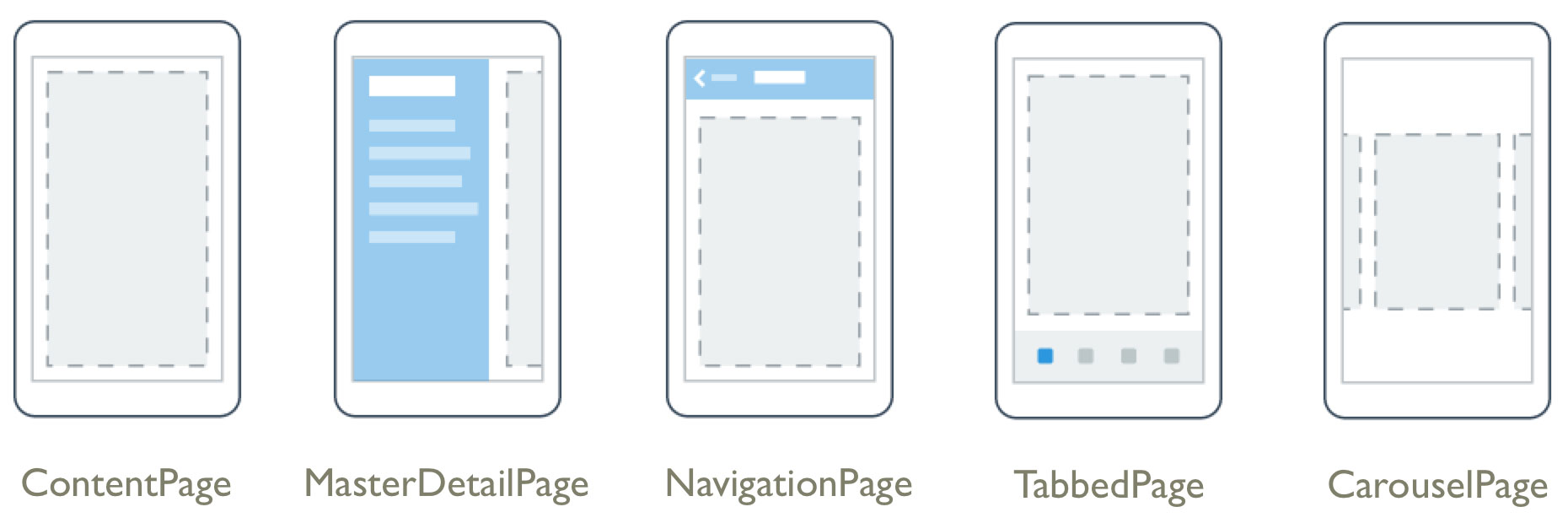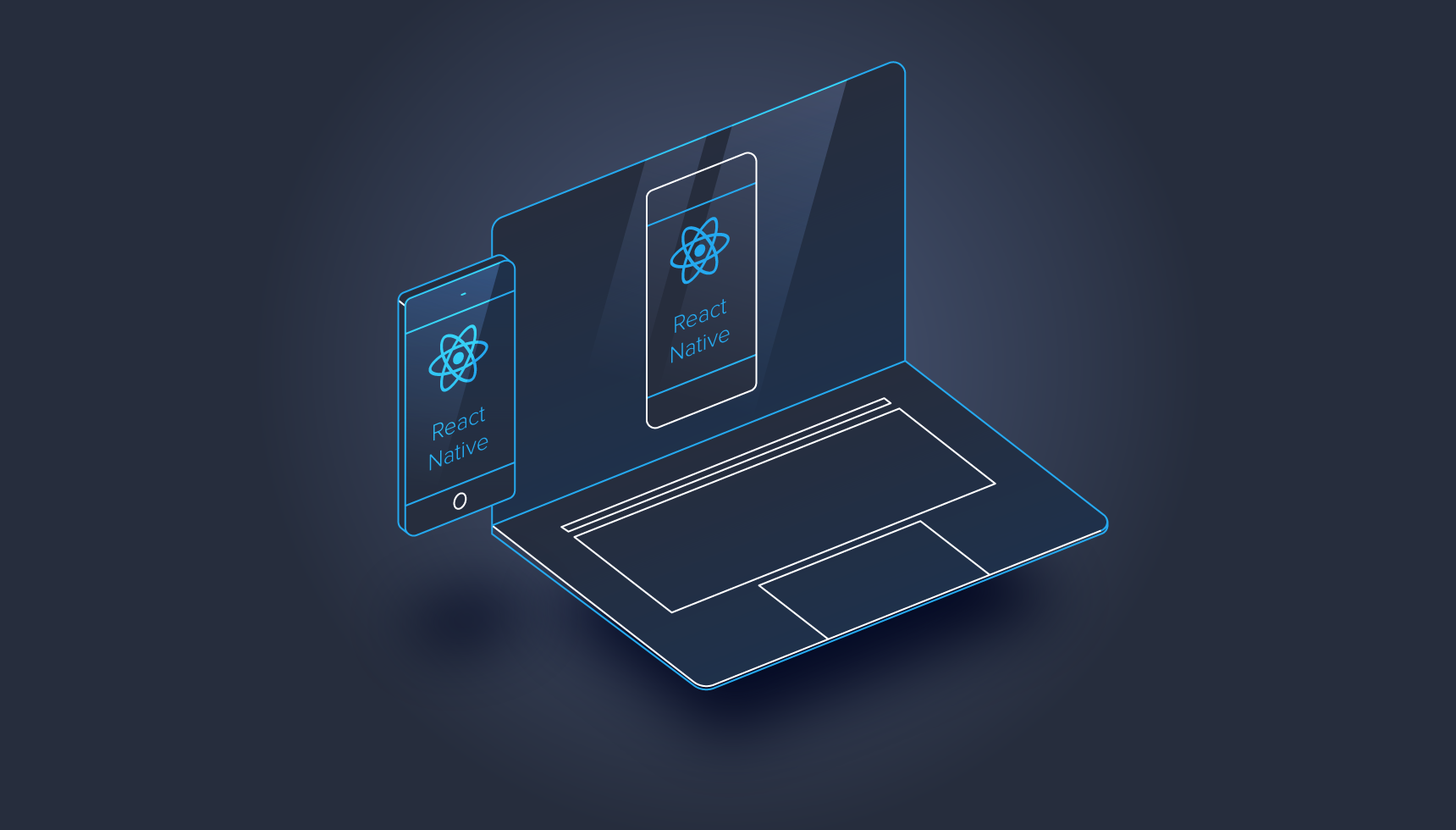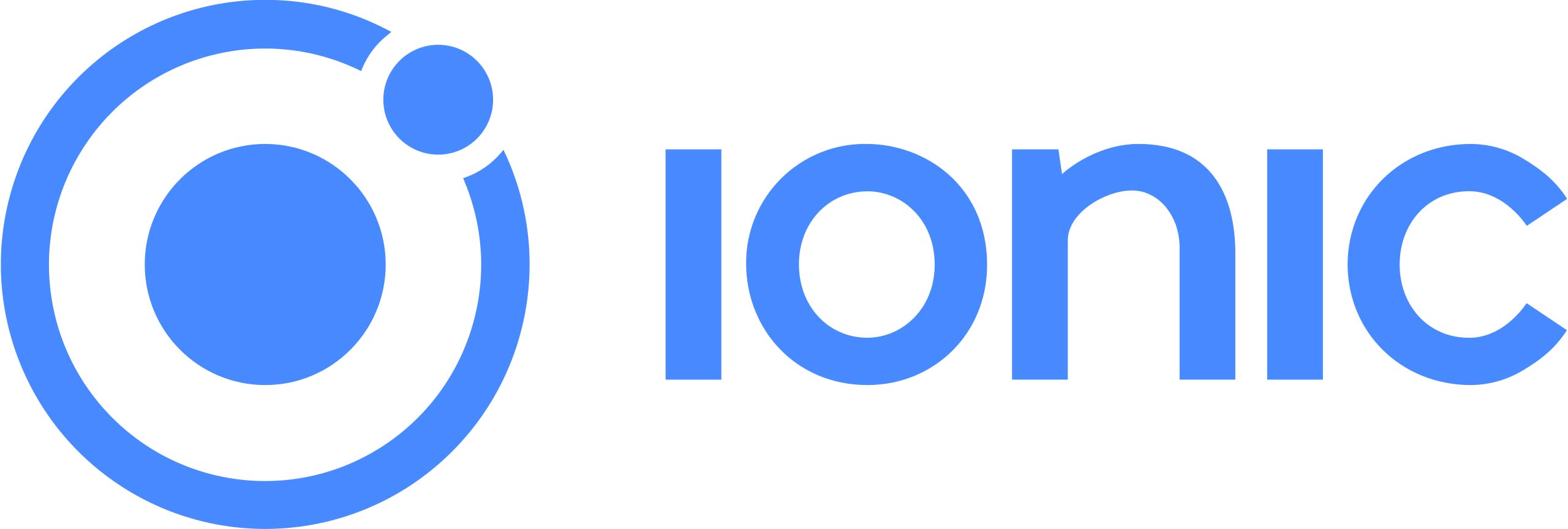There are benefits to creating
cross-platform mobile apps. On the business side, it may assist in increasing
reach and engagement while reducing the cost and time it takes to construct the
app.
For this reason, a lot of companies are
spending money on cross-platform mobile applications.
But what distinguishes cross-platform apps
from native ones? How are forward-thinking companies employing these mobile
applications to enhance their operations?
This blog will go to great length regarding
cross-platform apps, including what they are, how they vary from native apps,
the advantages they offer, the frameworks you can use to create them, and the
forthcoming trends to watch.
Today's modern start-ups and SMEs see
cross-platform technology as an excellent approach to simultaneously develop
programs for platforms such as Android, iOS, and Windows.
This means you can target both Android and
iOS users with a single app, increasing your customer reach.
Cross-platform technology ideally generates
native-like apps due to the development of advanced tools and technologies that
enable developers to design apps that may mimic native apps.
But with native apps, cost-cutting is
typically a problem. Cross-platform app development has thus become the
undisputed choice for businesses looking to have a presence on both Android and
iOS.
What does "cross-platform app development" mean?
Instead of creating distinct programs for
each platform, cross-platform application development creates a single piece of
software that runs on many operating systems.
When businesses want to release an app,
they typically want to reach a sizable audience. Cross-platform software may
accomplish this since it is compatible with a variety of operating systems.
Typically, this involves creating a single software that runs on Windows,
Android, iOS, and other platforms.
Development of Native and Cross-Platform Apps: Differences
The never-ending argument between native
and cross-platform development has driven the IT industry for years. Some
industry professionals choose native apps over cross-platform ones.
Technologies for native and cross-platform
development are constantly changing. Because technology is ever-evolving, it is
important to periodically review these issues to determine which of these
solutions is now dominating the market.
Native app development prioritizes
producing a competent design that adheres closely to the target platform and
avoids the difficulty of developing a sustainable product that spans several
platforms (i.e., Android, iOS, etc.).
By taking into account a variety of end
devices during the development and production process, cross-platform
frameworks aim to produce an app that reaches out to as many brand enthusiasts
as possible.
Problems with the Cross-Platform App Development Process
As new technologies arise, cross-platform
programming has grown more adaptable, powerful, and versatile.
However, cross-platform development
continues to confront problems such as:
Inconsistency in communication between
native and non-native device components causes performance concerns.
Developers of cross-platform apps struggle
to make their products interoperable across devices and operating systems.
Performance difficulties may result in a poor user experience.
If a business app controls a division of a
firm and saves user data, cross-platform applications are not always a smart
choice owing to security considerations.
However, these difficulties are minor when
weighed against the advantages of a cross-platform program.
Popular Frameworks in Cross-Platform App Development
There are several outstanding
Cross-Platform mobile and web app development frameworks available that may
assist in the creation of innovative and cutting-edge apps.
Let's take a look at the top five
cross-platform app development frameworks.
1. Flutter
Flutter, which was first launched by Google
in May 2017, is the newest and most popular cross-platform app development
framework available today. It is a free and open-source framework that is ideal
for developing mobile apps for both iOS and Android.
Flutter offers a powerful way to create
applications using Google's Dart scripting language, and developers adore its
straightforward user interface. Flutter is very simple to use, whether you're
installing, configuring, or using the framework.
Numerous widgets that allow gestures and
animations are included with Flutter.
Here is a summary of Flutter's capabilities
that make it a fantastic option for developing cross-platform mobile apps.
- Flutter encourages the use of portable GPUs
with powerful UI rendering, assisting developers in creating the newest user
interfaces.
- Has a quick development process, making it
economical and ideal for launching a Minimum Viable Product (MVP).
- Because of Flutter's hot reload
capabilities, developers may make changes to the app's backend without first
saving the file. These alterations are immediately visible to the developers.
A programming language Dart is a fantastic
tool for writing organized code.
Developers may use Flutter to create apps
for the Furchisa platform in addition to Android and iOS.
In comparison to other cross-platform app
frameworks, mobile apps created using the Flutter framework perform better.
Google expanded their Flutter support in May 2019 to include desktop, mobile, embedded, and online apps using the same codebase.

2. Xamarin
A standalone framework for creating
cross-platform applications, Xamarin was introduced in 2011. But once Microsoft
bought it, it became more suited for businesses.
It is an open-source framework that is simplified for creating Windows, Android, and iOS apps utilizing C# code and .NET frameworks. With Xamarin, programmers can create apps for several platforms using 90% of the same code.

Because of these reasons, Xamarin is a
superb cross-platform app development framework:
- The C# library aids in the development of
Xamarin-based applications. In this manner, programmers may create and alter
the apps using current programming languages like Objective-C and Java.
- It provides simple native library
linking, allowing for the seamless program customization and native-like
capabilities.
- Because of the developers, it is simple
to use.
- It experiences fewer run-time problems
while developing apps since it provides compile-time verification.
- There is a sizable development community
for Xamarin.
With Xamarin, hardware compatibility problems are eliminated, and it can operate on all platforms and the most popular devices.

3. React Native
Another top cross-platform app framework is
React Native. React Native was introduced by Facebook in 2015, and since then,
the developer community has rapidly expanded. It is built on JavaScript and
aids developers in giving their apps a native-like feel.
The greatest qualities of JavaScript and React.JS are combined in this cross-platform app development framework, which is its major USP. It provides programmers with the freedom to write portions of your application's modules in Java, Swift, or Objective-C.

Here are several reasons why the developer
community likes React Native.
- React Native's Hot Reloading
functionality, like Flutter's, lets you observe changes to the code immediately
without having to save them beforehand.
- The React Native codebase allows for
cross-platform sharing of up to 80%.
- The majority of the top third-party
plugins are compatible with it.
With React Native's UI-centric approach, developers can construct an incredibly responsive UI interface.

4. Apache Cordova
With the help of the open-source framework
Apache Cordova, web designers can produce native applications for a range of
mobile platforms using existing HTML, CSS, and JavaScript content.
Your web application is rendered within a
native WebView by Cordova. An application component called a WebView is used to
show web material inside of a native program (such as a button or a tab bar).
A WebView can be compared to a web browser without any of the common user interface components, such as a URL field or status bar. The web application running inside this container can launch multiple browser windows exactly like any other web program that would operate inside a mobile browser.

If you want to create straightforward
applications without intricate native functionality, choose Apache Cordova. It
works with the Windows, Electron, Android, and iOS operating systems.
With the help of this framework, you can
gain access to crucial Native APIs, allowing your app to take advantage of
native capabilities like camera, geolocation, accelerometer, contacts, and
more.
You have to think about utilizing Apache
Cordova since,
All of the top mobile operating systems
smoothly execute apps created using Apache Cordova, with hardly any changes
between them.
- It provides a quicker development process
while requiring less work from the app developers.
- It provides JavaScript, HTML, CSS, Java,
Objective-C, C#, and C++ mobile app development services.
- It features a huge selection of UI
libraries to assist various users to have a better viewing experience.
- It has a significant foundation of support from the community.

5. Ionic
The Ionic framework is a well-known
open-source UI toolkit that enables programmers to create PWAs, or progressive
web applications, as well as high-performance mobile and desktop applications.
HTML, CSS, and JavaScript are just a few of
the web technologies that may be used with the framework. Its foundation is
AngularJS.
Cordova wrappers are used for the app's
native components. Ionic apps' unique selling point is that they operate in a
distinct environment on your mobile phones. As a result, iOS applications run
on UIWebView whereas Android applications run on WebView.
The Ionic framework will make it simple for
you to create hybrid mobile applications. To make your application stand out,
you may create attractive graphics, smooth animations, and other native mobile
components.
Here are a few justifications for using the
Ionic framework while building a cross-platform application.
- There are many ready-to-use UI components
in it.
- The innate functionality of a smartphone
may be used with a variety of plugins.
- The SAAS UI foundation on which the Ionic
framework is based makes it specifically suited for the mobile OS.
- The developers may alter the code
structure to suit their requirements.
- IOS, Android, and Windows are just a few of the platforms where Ionic apps function effectively.

Cross-Platform App Development Trends 2022
With these next cutting-edge innovations,
the future of cross-platform app development appears to be more promising than
ever.
1. Virtual and augmented reality
The most exciting and cutting-edge
technology you need to incorporate into your apps right now is AR and VR.
AR significantly improves the ways that a
mobile app assists with daily tasks like information seeking and buying.
A fantastic app user experience is what
modern applications for all organizations and sectors strive for, and AR and VR
technologies deliver.
Therefore, while developing your brand-new cross-platform program, remember to check the boxes for AR and VR technologies.

2. Compatibility with wearables
Wearable technology is gaining traction.
Wearables are the future, from smartwatches to smart jackets, body sensors to
fitness trackers and smart eyewear.
The wonderful thing about wearables is that
you can interact with them via your smartphone. And as a result, it has
currently risen to the top of the list of mobile app development trends.
A wearable integrated app can provide
countless options, from tracking data to enhancing work.
3. Use Chatbot's to interact with users
Chatbot's are now core features of apps
rather than optional extras. Today's app consumers want to connect with their
apps. Both organizations and users search for Chatbot's in the applications,
whether for conversational marketing, round-the-clock customer service, or
real-time information exchange.
Chatbot's are a necessary component of
cross-platform apps if you want to keep consumers interested.
The Chatbot in your app may be used for a
variety of tasks, like tip sharing, appointment scheduling, routing consumers
for follow-ups, and even responding to customer questions at any time of day.
4. Mobile Security
Your app can be secretly keeping or
accidentally disclosing private information. It could be carrying out
insufficient authorization checks. As an alternative, the data encryption
techniques used by your app are vulnerable.
Therefore, it is best if you give security
priority. Make sure you are in line with the most recent data protection
regulations and keep a separate budget for cybersecurity.
5. Beacons Technology
Beacons are miniature wireless transmitters
that communicate signals to other nearby smart devices using low-energy
Bluetooth technology. They are among the most recent advancements in location
technology and proximity marketing. Simply said, they link and transfer data to
smart devices, making location-based searches and interactions more convenient
and precise.
The technology itself has several uses and
possibilities. Some functionalities were accessible when the beacons were
initially launched, while others have emerged as technology has improved.
Google Ads has improved offline
attribution.
By linking your beacon's signals to your
Google Ads account, you may obtain a lot of helpful data about your searchers'
offline activities and even track in-store visits.
Conclusion
Cross-platform apps provide several
advantages for both start-ups and well-established businesses. They include:
Easily Maintained
A cross-platform app's codebase is
unquestionably simpler to upgrade. This is because you avoid having to update
and fix many codebases (like in the case of native apps).
Reusable software
The main USP of creating cross-platform
software is this. Here, previously written code for one platform may be reused
repeatedly.
Cloud Integration Done Right
It is simple to connect cross-platform apps with the cloud platform because there is only one code source.
An excellent replacement for conventional
native app development is cross-platform app development. However, you'll need
a group of seasoned experts that are conversant in intricate frameworks and
technologies like The Watchtower in Dubai, a leading website design
company and cross-platform app development company in Dubai.


